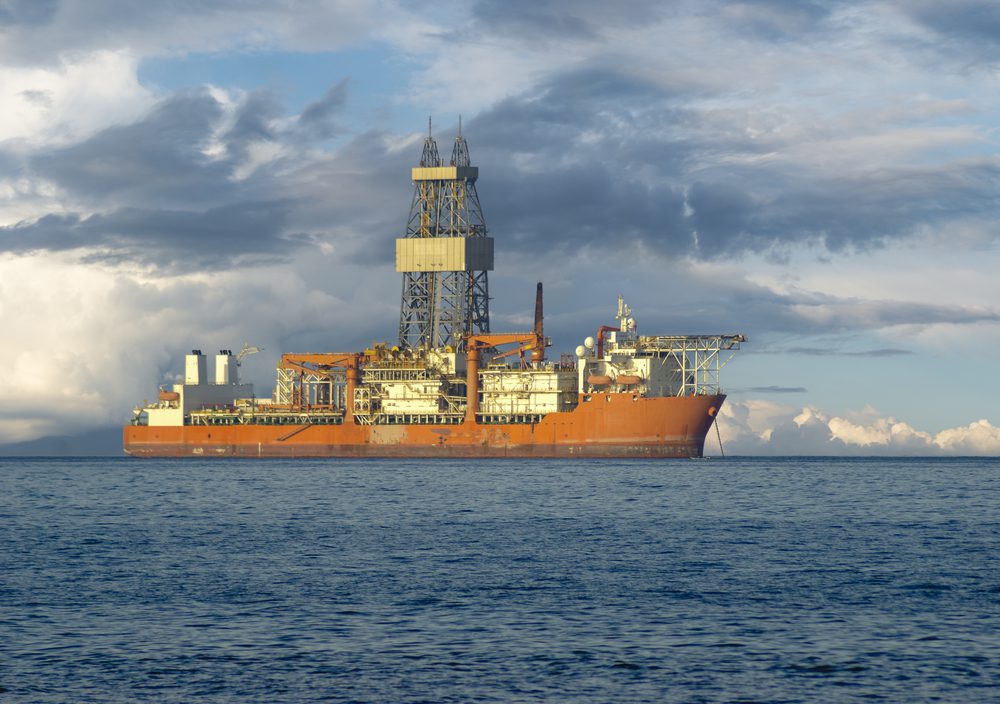Mike Mareen / Shutterstock
By David Wethe (Bloomberg) — Deep-sea oil drillers are once again riding the wave of investor enthusiasm that next year will be better for profits.
But this time there seems to be a bigger chance it will actually happen, according to analysts at Credit Suisse Group AG and Morgan Stanley.
Some of the world’s biggest owners of rigs that drill oil wells in more than two miles of water, including Transocean Ltd., Ensco Plc and Diamond Offshore Drilling Inc., saw rallies in their shares near the end of 2016 and 2017, only to see their stocks tumble by the start of the following year as reality set in.
“So here we are in mid-September and the trade beckons again,” James Wicklund, analyst at Credit Suisse, wrote Monday in a note to investors. “This time, however, we are one year closer to a recovery after 4 1/2 years of decline, with the drilling contractors sounding more optimistic than in years, with small, light green shoots being seen.”
Offshore drillers have been among the most beaten-up names from the worst crude-market crash in a generation, due to an oversupply of their vessels and high operating costs. This year marks the lowest in projected offshore spending since oil prices first fell in 2014, according Morgan Stanley. Explorers are expected to boost spending 45 percent to $188 billion by 2022, the bank wrote Sept. 18 in a note to investors.
Meanwhile, major oil trading houses are predicting the return of $100 crude for the first time since 2014.
Offshore vs. Shale
The rise of offshore drilling is also coming as shale work back on land is hitting a speed bump, according to Rystad Energy.
The renewed interest in offshore is driven by a “steep reduction” in offshore costs that’s allowing explorers to turn a profit at lower oil prices, Audun Martinsen, head of oilfield research at Rystad, said earlier this month in a statement.
Shale spending is expected to reach $120 billion this year, short of Rystad’s $160 billion estimated spending globally offshore.
With more unused rigs still left to be scrapped around the globe, though, the higher utilization of deep-water vessels won’t translate into significantly higher rental prices until late next year, Wicklund wrote.
No. 1 deep-water driller Transocean, which said earlier this month it could reactivate as many as three rigs a year during the recovery, has climbed about 40 percent since early April. In that same time, smaller rival Rowan Cos. is up by more than 60 percent.
Noble Corp., which has nearly doubled in value in little more than five months, announced last week the purchase of a newly built shallow-water rig, known as a “jack-up” because of its legs that extend to the sea floor and lift its body out of the water.
“The deep-water space, obviously, as anybody who has followed this industry knows, always is lagging in the recovery period as it is this year,” Julie Robertson, chief executive officer at Noble, told investors in New York on Sept. 5. “The jack-up market is well underway to recovery, which is very pleasing to be able to say after this long cycle that we’ve been in.”
© 2018 Bloomberg L.P

 Join The Club
Join The Club











